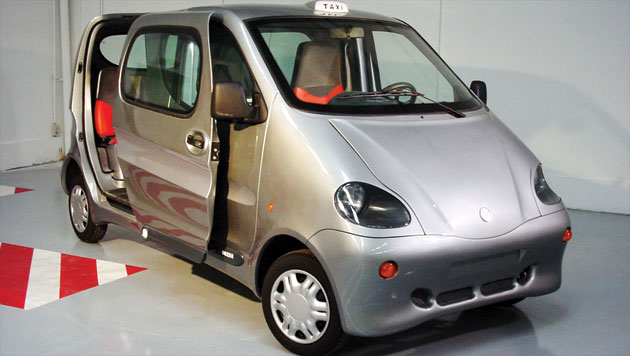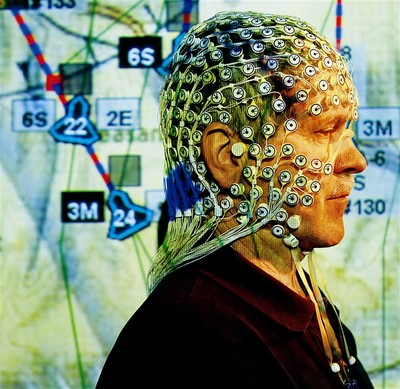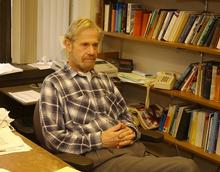
Following research by Professor Bill Keevil at the University of Southampton showing that copper can significantly reduce the presence of MRSA, a Birmingham hospital is to launch an 18-month clinical trial next month (April 2007) to establish whether the installation of copper surfaces will kill MRSA and other hospital-acquired infections.
Laboratory tests by Professor Keevil, Director of the Environmental Healthcare Unit at the University of Southampton, have established that the natural antimicrobial properties of copper and copper alloys dramatically reduce the presence of MRSA compared with stainless steel, the most commonly used surface-metal in health institutions. The MRSA bacteria (staphylococci) on stainless steel remained fully active for days. On brass (an alloy of copper and zinc) they died in less than 5 hours and on pure copper the superbugs were eliminated in 30 minutes.

Professor Keevil explains that copper suffocates the germs. ‘The metal reacts with the bacteria and inhibits their respiration – in effect it stops them breathing. In fact if you look back in the literature the Egyptians were using copper thousands of years ago to treat infections!’
Selly Oak has been chosen for the Copper Clinical Trial because it is a multi-specialist centre with an advanced microbiology centre. One general medical ward is already having copper installed in preparation for the trial. Because 80 per cent of MRSA transmission is through surface contacts, stainless steel door handles and push-plates are being replaced by copper, along with bathroom taps, toilet flush-handles and grab rails. Even the pens used by the staff will be a high-copper brass. A similar ward next door will retain its traditional metal fittings and will act as a control in the experiment. If the laboratory results are successfully replicated, it is likely that thousands of hospitals across Europe will introduce copper alloy fittings.
Deputy Medical Director of the University Hospital Birmingham NHS Trust, Professor Tom Elliott, says: ‘Potentially it is very, very exciting if we find that copper actually works in a clinical environment, following the laboratory tests in Southampton and here in Birmingham.’
The tests show that it is not just MRSA that can be killed by copper. The newer threat, the extremely resistant Clostridium difficile can also be killed, as demonstrated by preliminary tests. Scientists are already considering wider medical applications for copper, including a possible defence against bird flu. Experiments by the Southampton team have shown that the metal can kill the human flu virus. Professor Keevil says, ‘Avian flu is almost identical to normal human flu so, although we haven’t done the work yet, we would predict the same results.’
The Copper Development Association has been working with the supply chain to support the development of copper and copper alloy healthcare products for the trial through the provision of information on the efficacy of different copper alloys and their suitability for different applications. www.cda.org.uk/antimicrobial.
13 March 2007
Source: University of Southampton




 The researchers have already built larger 'brains'
The researchers have already built larger 'brains'


